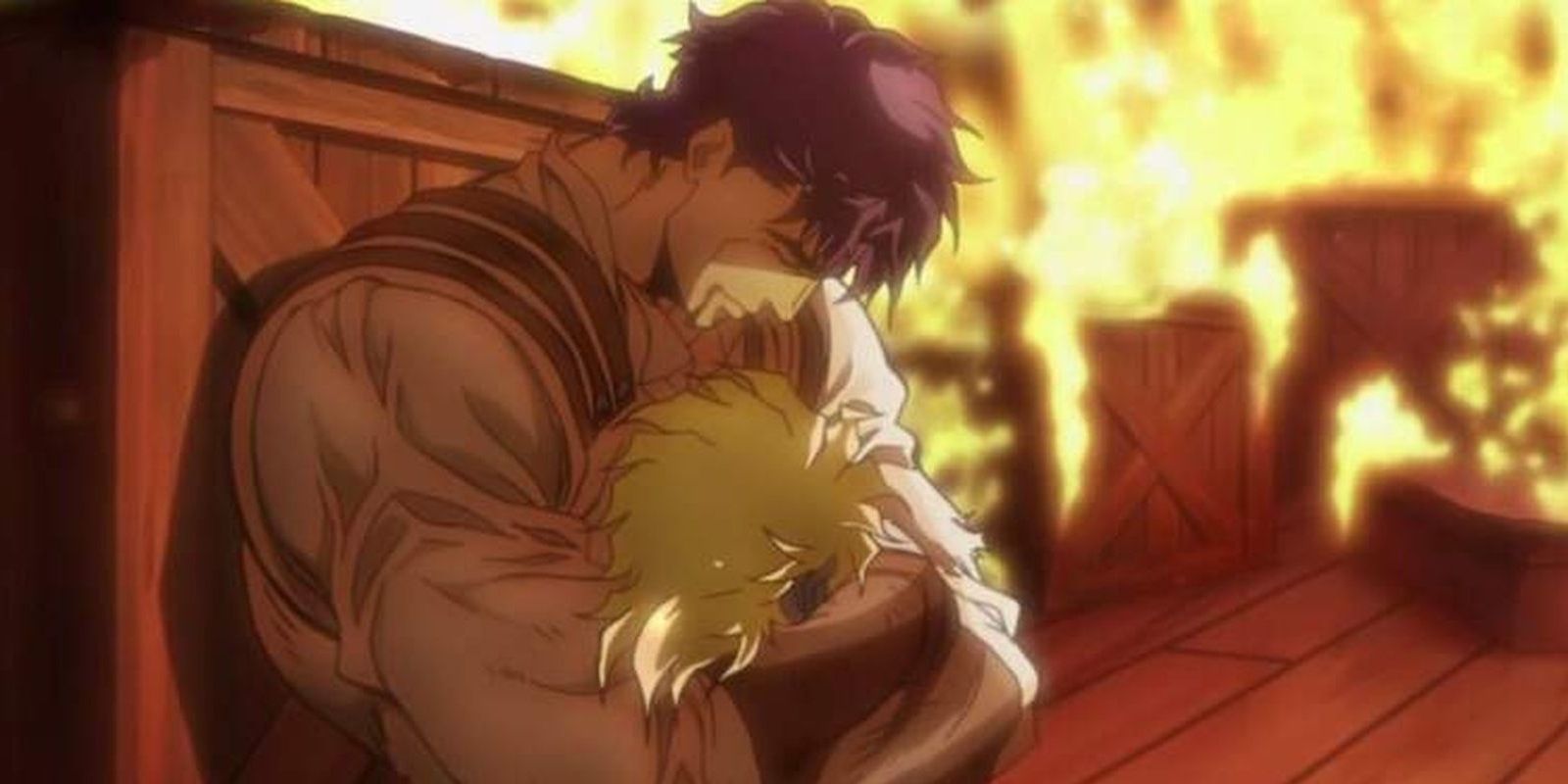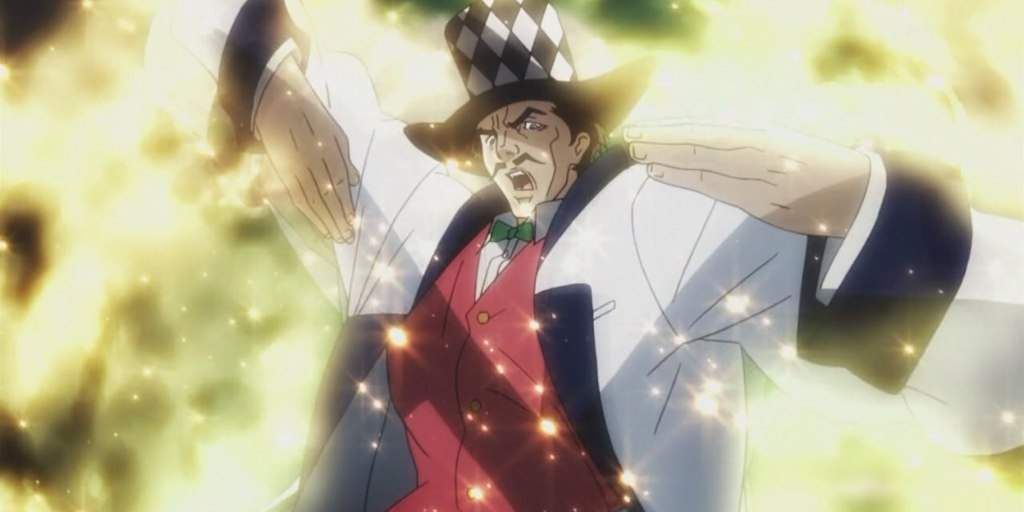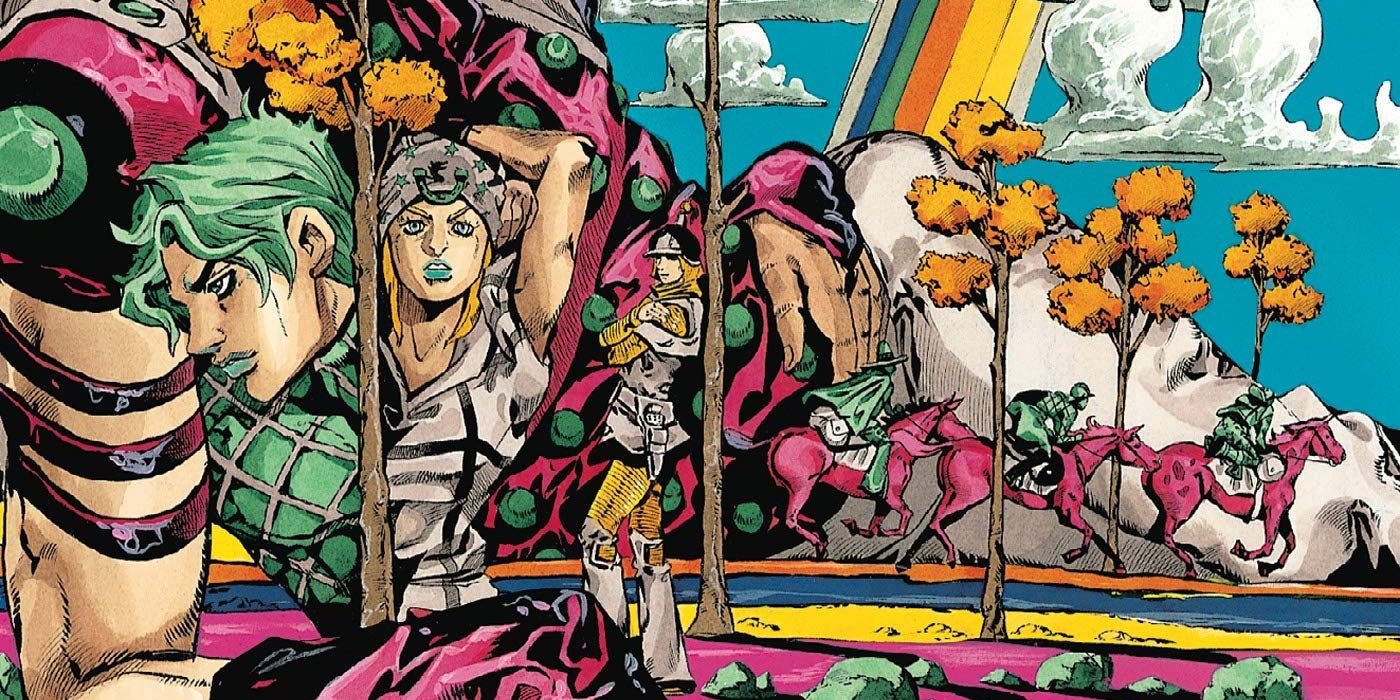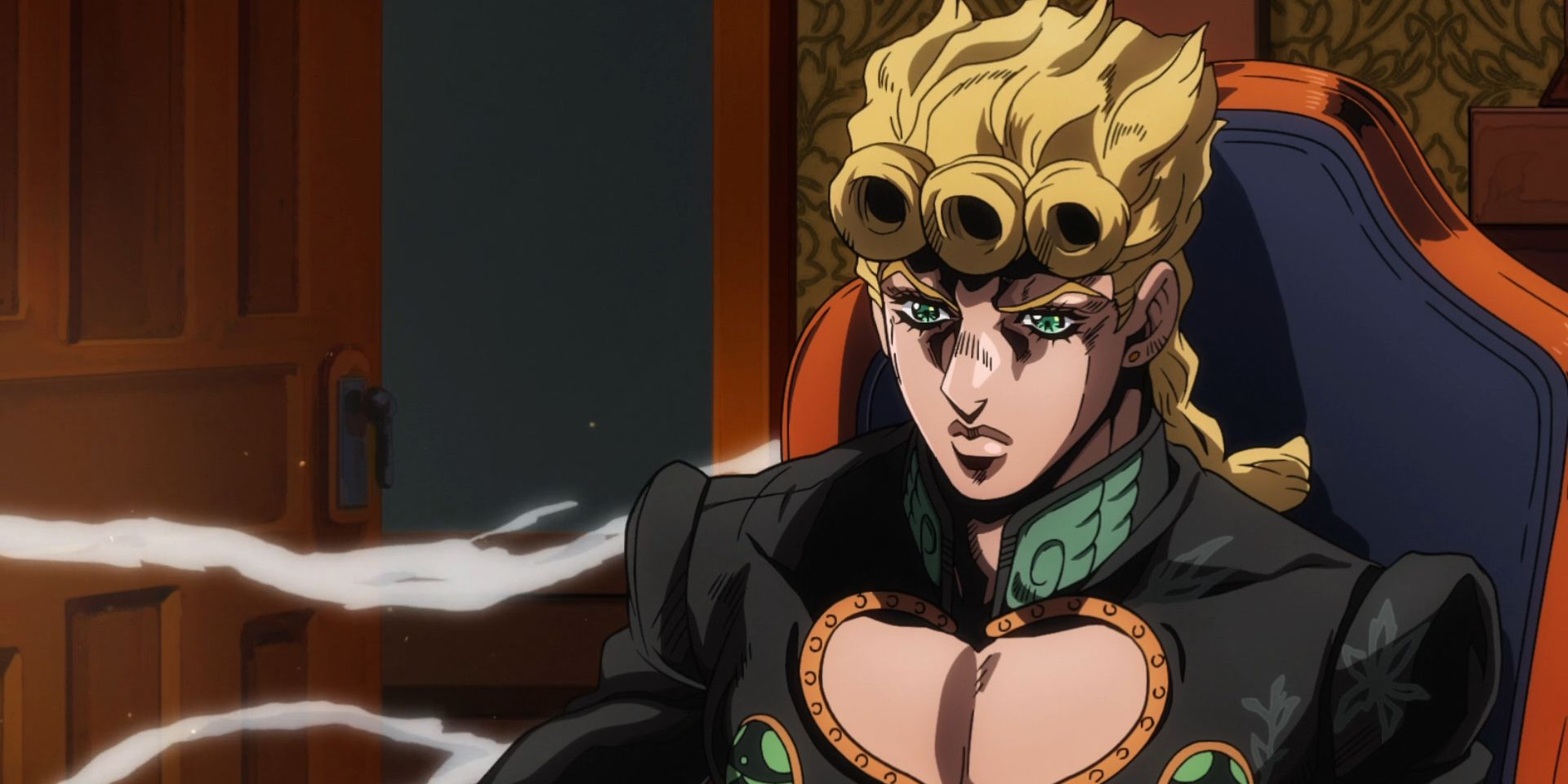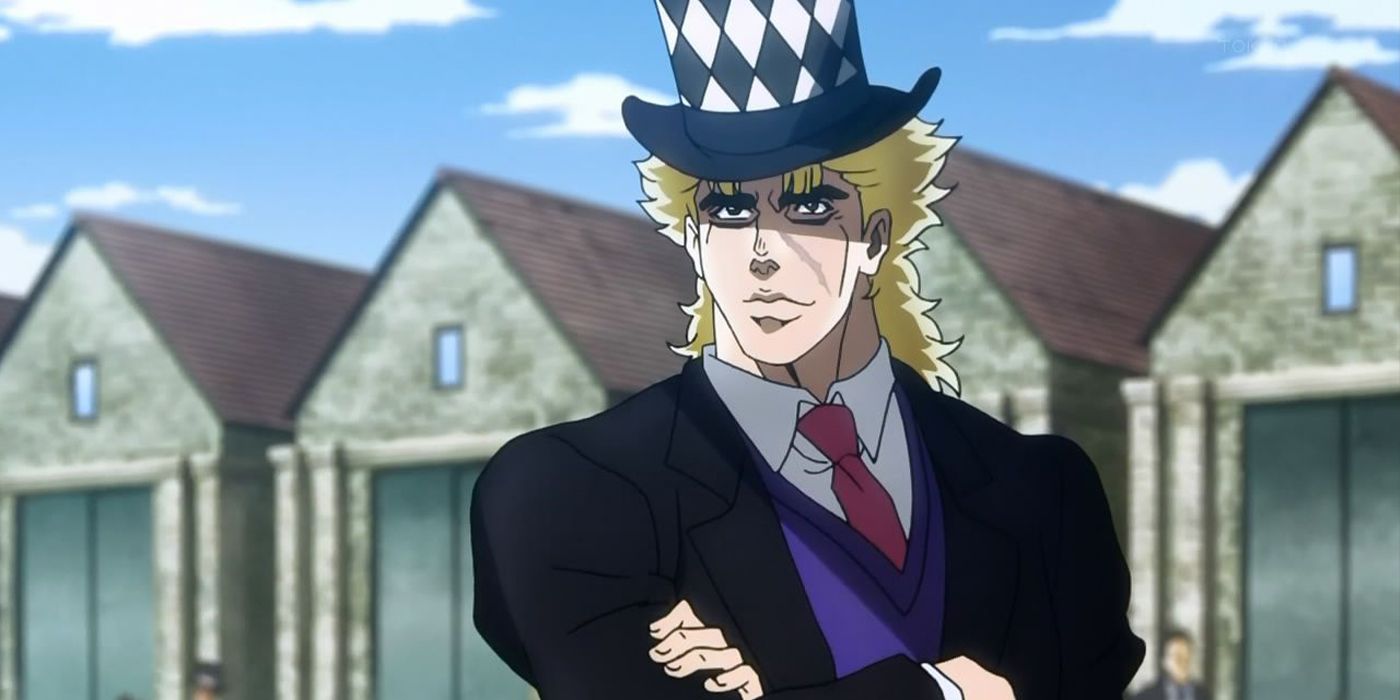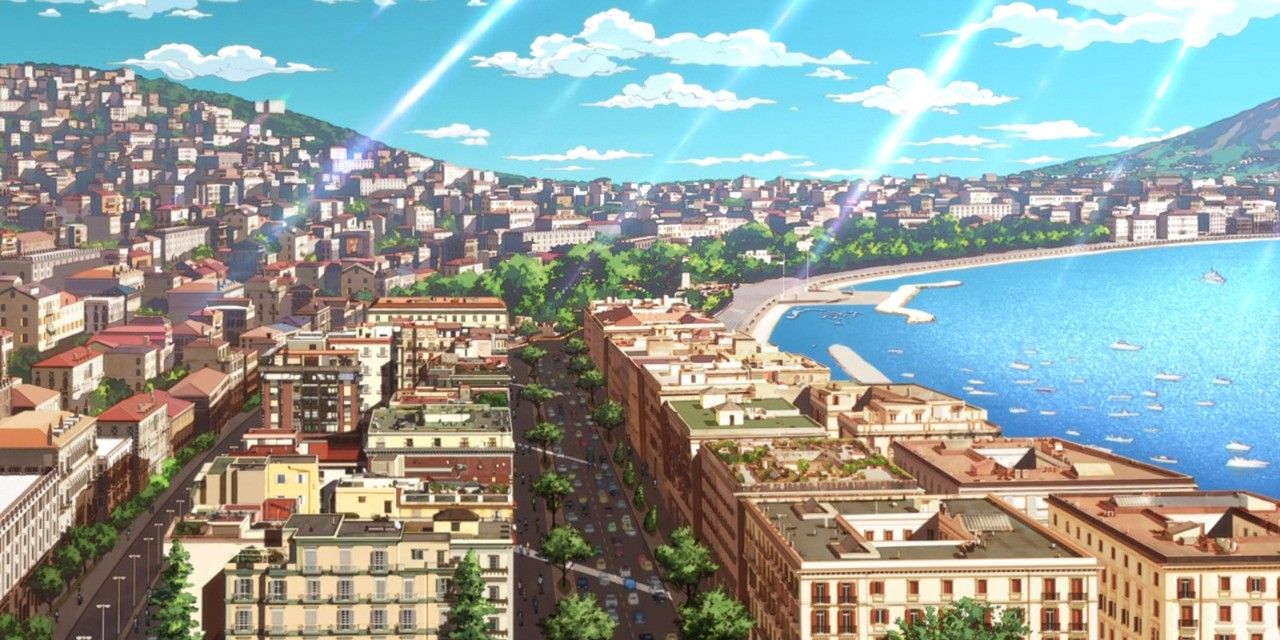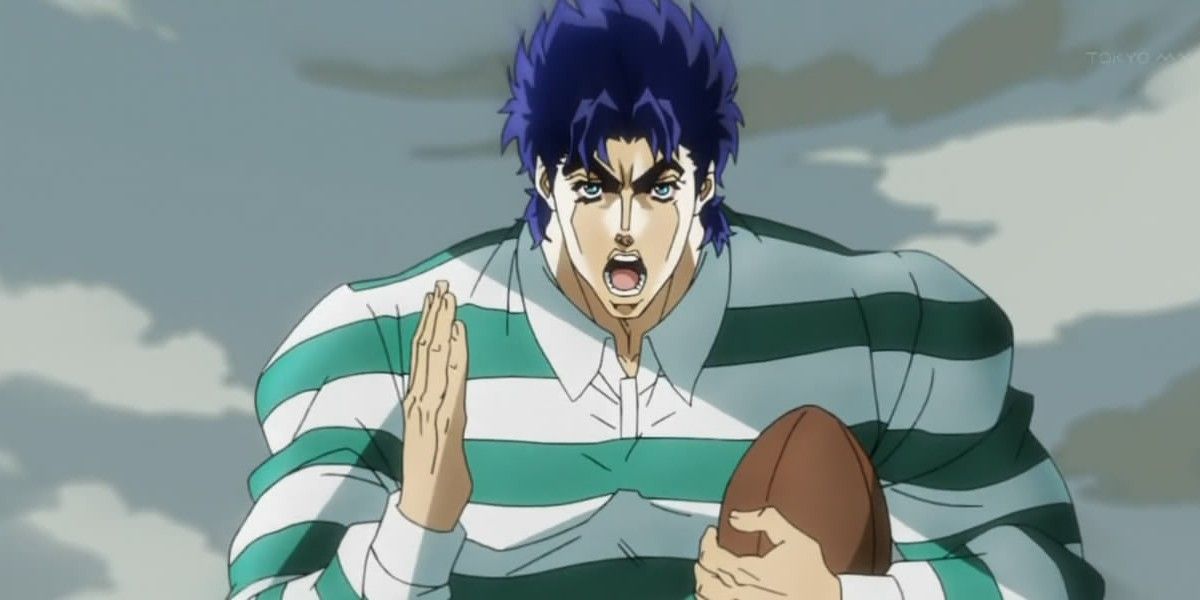Hirohiko Araki’s JoJo’s Bizarre Adventure has been at the forefront of the shonen genre for more than 35 years and in some ways it feels like the franchise is just getting started. The core principles of Araki’s fearless series remain the same, but the property has frequently transformed and redefined how a franchise is structured and operates.
JoJo’s Bizarre Adventure continues to break boundaries and stand out among its shonen peers. A new entry in the ongoing series is imminent, and fresh anime content continues to leave audiences entertained. There are many reasons that fans love JoJo’s Bizarre Adventure, but it deserves credit for some of the ambitious turns it’s willing to take.
10 The Early Death Of Jonathan Joestar
Several anime take a handful of episodes to find their footing and properly establish their story. The beginning of JoJo’s Bizarre Adventure, subtitled Phantom Blood, focuses on Jonathan Joestar and the circumstances that trigger Dio Brando’s eternal feud with the Joestars.
One of the biggest risks that the series ever takes is to cut Jonathan’s story incredibly short. Jonathan passes away in the series’ ninth episode, with Dio being the one who bests him, no less. Modern anime occasionally allow their main characters to die, but not this quickly.
9 Its Freeing Decision To Switch Energy Methods From Hamon To Stands
Anime explores comparable territory, especially when it comes to the shonen genre, and one of the biggest common denominators is that there’s always some energy source – be it ki, nen, or jujutsu – that fuels its fighters. The earliest chapters of JoJo’s Bizarre Adventure feature Hamon, a light-based energy source, as its primary means of power.
Hamon works well enough, but the series boldly pivots towards humanoid energy avatars known as Stands in Stardust Crusaders. Modern anime are more willing to shift course if a certain element isn’t working anymore, but it was a big deal when JoJo suddenly ditched Hamon.
8 The Frequent Genre Changes That Accompanies The Series
It’s easy for long-running series to get caught in repetitive patterns that yield diminishing returns. JoJo’s Bizarre Adventure has always been an outlier in this sense and even the earliest seasons feature horror elements with vampires playing an important role in the story.
As JoJo’s Bizarre Adventure continuesit freely experiments with other genres like slice-of-life, underworld crime, and even sports, with cross-country horse racing. These genre shifts can be jarring in the moment, but they ultimately give the franchise a greater longevity and the opportunity to take even greater stylistic risks.
7 Its Shifting Protagonists Across Series
It’s essential for a lengthy shonen series to have a likable protagonist that the audience wants to follow through hundreds of chapters or episodes. Some series fully invest in one character who continues to evolve over time.
JoJo’s Bizarre Adventure employs a much more ambitious approach where the larger Joestar bloodline is the focus and each new series looks at a different descendant of the family. There’s so much more variety to JoJo’s Bizarre Adventure because of these rotating protagonists and contrasting casts of characters.
6 Its Introduction Of A Multiverse
One of the biggest modern trends in pop culture is how the convoluted concept of a multiverse and alternate realities is now the new normal. So many stories have turned to this idea for inspiration, yet JoJo’s Bizarre Adventure played this card much earlier as a way to keep its story fresh.
Stone Ocean’s conclusion involves time accelerating to the point that the universe effectively resets and begins anew. Steel Ball Run and JoJolion exist in a separate universe than the previous series. Steel Ball Run gets deeper into this idea with Stands that can explicitly pull forward individuals from alternate timelines.
5 The Elaborate Naming Conventions For Characters And Stands
Figuring out the right name for characters can become a laborious process that consumes time that could otherwise be spent on more important things. Hirohiko Araki quickly develops an endearing pattern that’s used for most characters’ names and their accompanying Stands.
Music is so important to Araki and he passionately expresses this through dozens of characters who are named after musicians and songs. Araki also turns to other naming gimmicks, like tarot cards in Stardust Crusaders and fashion lines in Stone Ocean, all of which create a pattern for audiences that’s easily identifiable.
4 It Takes Place Outside Of Japan And Spans The Whole Globe
Anime series tackle such limitless subjects that it’s sometimes surprising to see how many projects are set in Japan by default. There’s nothing wrong with anime that explore Japan, but there’s a whole world out there to visit.
One of the more distinct aspects of JoJo is that it begins in England and while it does eventually visit Japan, it’s merely one of the series’ many global pit stops. JoJo’s Bizarre Adventure spends even more time in Egypt, Italy, and Florida, all of which have distinct features.
3 The Returned Use Of Ultimate Villain DIO
A lot of the time an anime series is only as good as its villain. Many shonen series feature different antagonists of increasing strength. JoJo’s Bizarre Adventure doesn’t completely abandon this structure and it still introduces villains like Kars, Yoshikage Kira, and Diavolo.
However, the series finds continued ways to bring back its initial antagonist, DIO, even long after his death. This commitment to developing DIO’s legacy after his death was unusual at the time, but now it’s common for legacy villains to return.
2 Its Use Of American Music
Music is a fundamental aspect of any piece of media that frequently gets undervalued. Music is essential in creating the right atmosphere for a story and it can also be a powerful thematic device when it’s used properly.
There are a handful of anime series that subvert expectations through their use of American music instead of original Japanese compositions. JoJo’s Bizarre Adventure actually makes this one of its trademarks and every ending song in the series is a different piece of American music that connects to the current story arc.
1 Hirohiko Araki Embraces His Evolving Art Style
It’s fascinating to identify the different art styles that define each mangaka and their corresponding creations. These signature looks can go on to define a series and cause an uproar when stylistic changes are later made. JoJo’s Bizarre Adventure welcomes change in this department rather than force an aesthetic that no longer feels genuine.
JoJo’s Bizarre Adventure begins with thick and harsh lines for the character designs, who often sport exaggerated burly physiques. It’s not long until this look softens and a different design ethos dominates the series.

